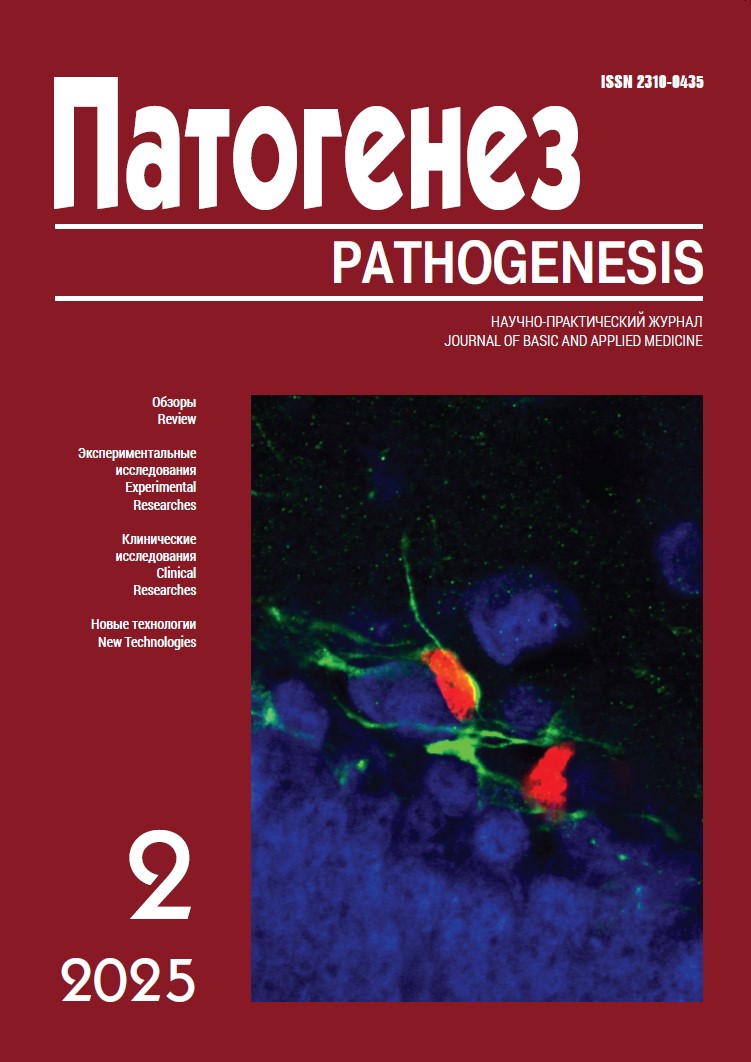Toxin-induced in vivo models of Parkinson’s disease for primary antioxidant drug screening
Abstract
Parkinson's disease (PD) is a progressive neurodegenerative disorder characterized by the loss of dopaminergic neurons in the substantia nigra pars compacta and decreased dopamine levels in the striatum. These pathological changes result in characteristic motor symptoms and a wide range of non-motor manifestations. Although the complete mechanisms of PD remain unclear, oxidative stress and mitochondrial dysfunction have been established as key contributors to its pathogenesis. Current therapies are predominantly symptomatic, highlighting the critical need for novel treatment strategies aimed at slowing or preventing neurodegeneration in PD. The choice of appropriate experimental models for screening potential therapeutic compounds plays a pivotal role in PD research. Among existing approaches, toxin-based models utilizing 1-methyl-4-phenyl-1,2,3,6-tetrahydropyridine (MPTP) and rotenone are particularly valuable. In contrast to genetic and inflammatory models, these systems enable rapid and pronounced induction of PD-like neurodegeneration with high pathogenic relevance and cost-effectiveness. Extensive data are available on the advantages and limitations of acute, subacute, and chronic toxin administration protocols, including variations in dosing frequency, duration of exposure, their impact on neurodegeneration severity, and relevance to different disease stages. Comparative analysis suggests that rotenone-induced models may be more suitable for studying PD pathogenesis, while MPTP-based models are optimal for rapid efficacy evaluation of candidate compounds. Both systems have demonstrated high efficiency in identifying potential therapeutic agents with antioxidant properties, including both natural and synthetic compounds. Several antioxidants were studied in these models, including Coenzyme Q10 (Ubiquinone), N-Acetylcysteine (NAC), Vitamin E (α-Tocopherol), MitoQ (Mitochondria-targeted CoQ10 derivative), Resveratrol, Edaravone, Lipoic Acid (α-Lipoic Acid) and others. A well-considered selection of experimental conditions will facilitate the development of optimal preclinical strategies for testing novel neuroprotective treatments for PD.




